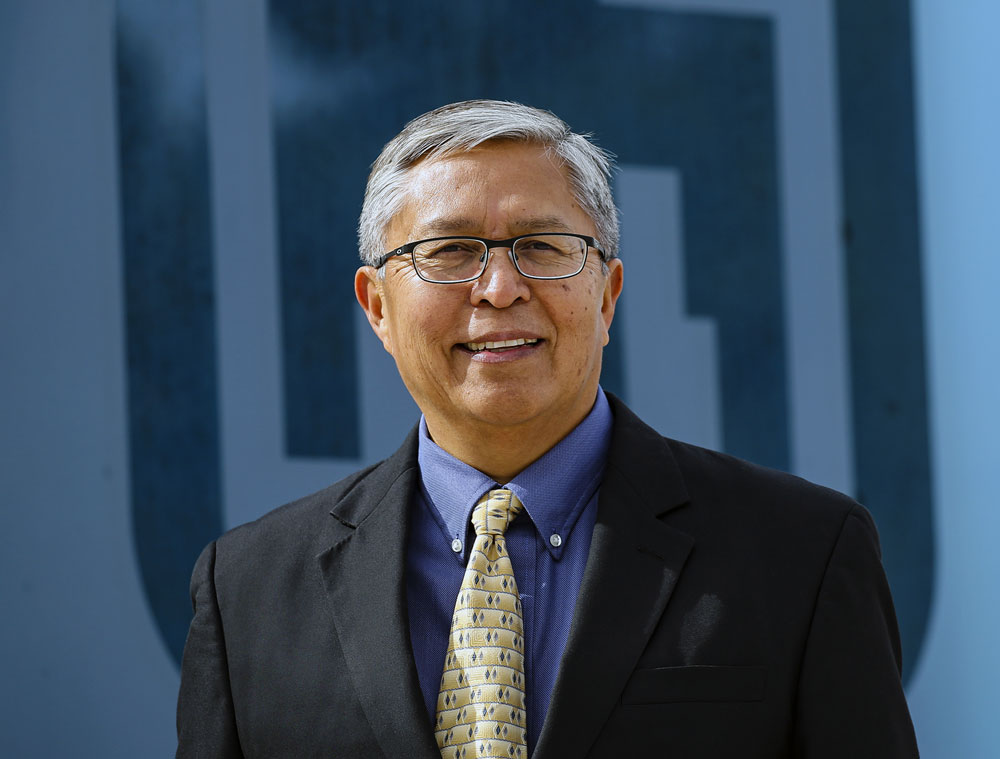
Stan Atcitty, a senior scientist at Sandia, has been named Fellow of the Institute of Electrical and Electronics Engineers. After a rigorous evaluation process, less than 0.1% of voting members are selected as fellow annually.
Stan, a member of the Navajo Tribe, leads the power electronics subprogram as part of the DOE Office of Electricity’s Energy Storage Program within the Nuclear Fuel Cycle and Grid Modernization department. He also leads the DOE Office of Electricity’s Tribal Energy Storage Program and NNSA’s Minority Serving Institute Partnership Program working with tribal colleges and universities.
His research is focused on power electronics necessary for integrating energy storage and distributed generation with the electric utility grid. Six of his projects have won R&D 100 awards and one Gold Green Energy award from Research & Development magazine. Additionally, Stan has authored over 70 publications and holds four patents, with another three pending.
“I’m thankful and honored to be recognized by the IEEE community. What this does is allows us to further enhance power electronics research and development for energy storage systems in the nation and throughout the world,” Stan said. “It also allows me to take some of my national and international influence to increase tribal energy sovereignty, enabling tribes to become more self-determinate nations.”
In 2012, President Barack Obama presented Stan with the Presidential Early Career Award for Scientist and Engineers, the highest honor bestowed by the federal government to outstanding scientists and engineers who show exceptional leadership at the frontiers of scientific knowledge during the 21st century.
Stan received his bachelor’s and master’s degrees in electrical engineering from New Mexico State University in 1993 and 1995, respectively. In 2006, he was the first American Indian male to receive a doctorate in electrical and computer engineering from Virginia Tech University.